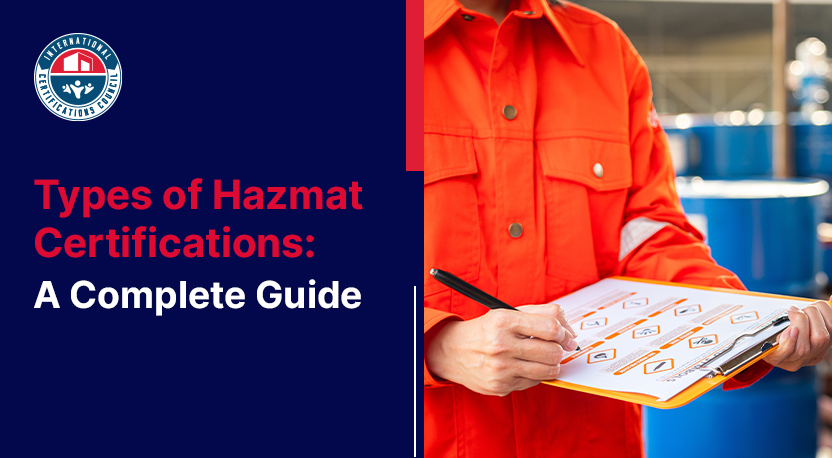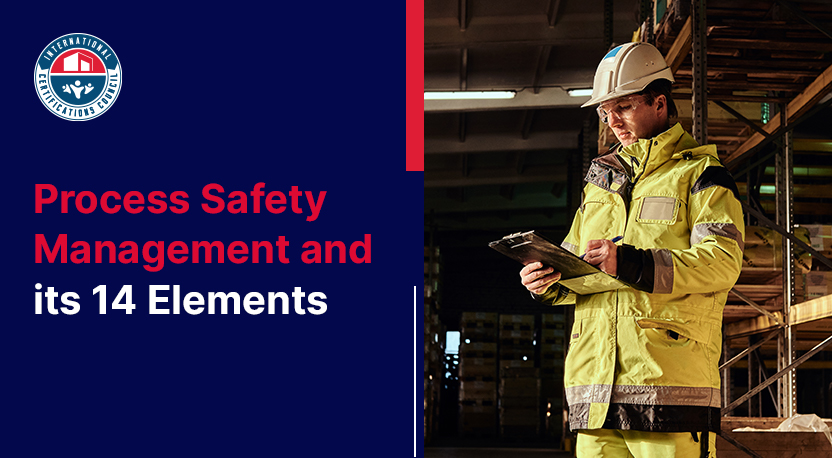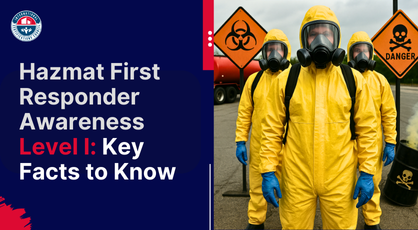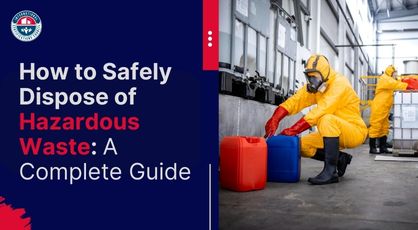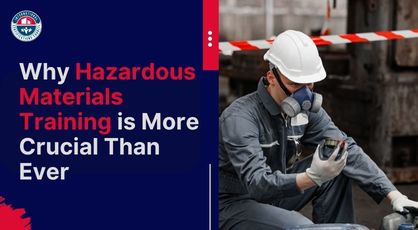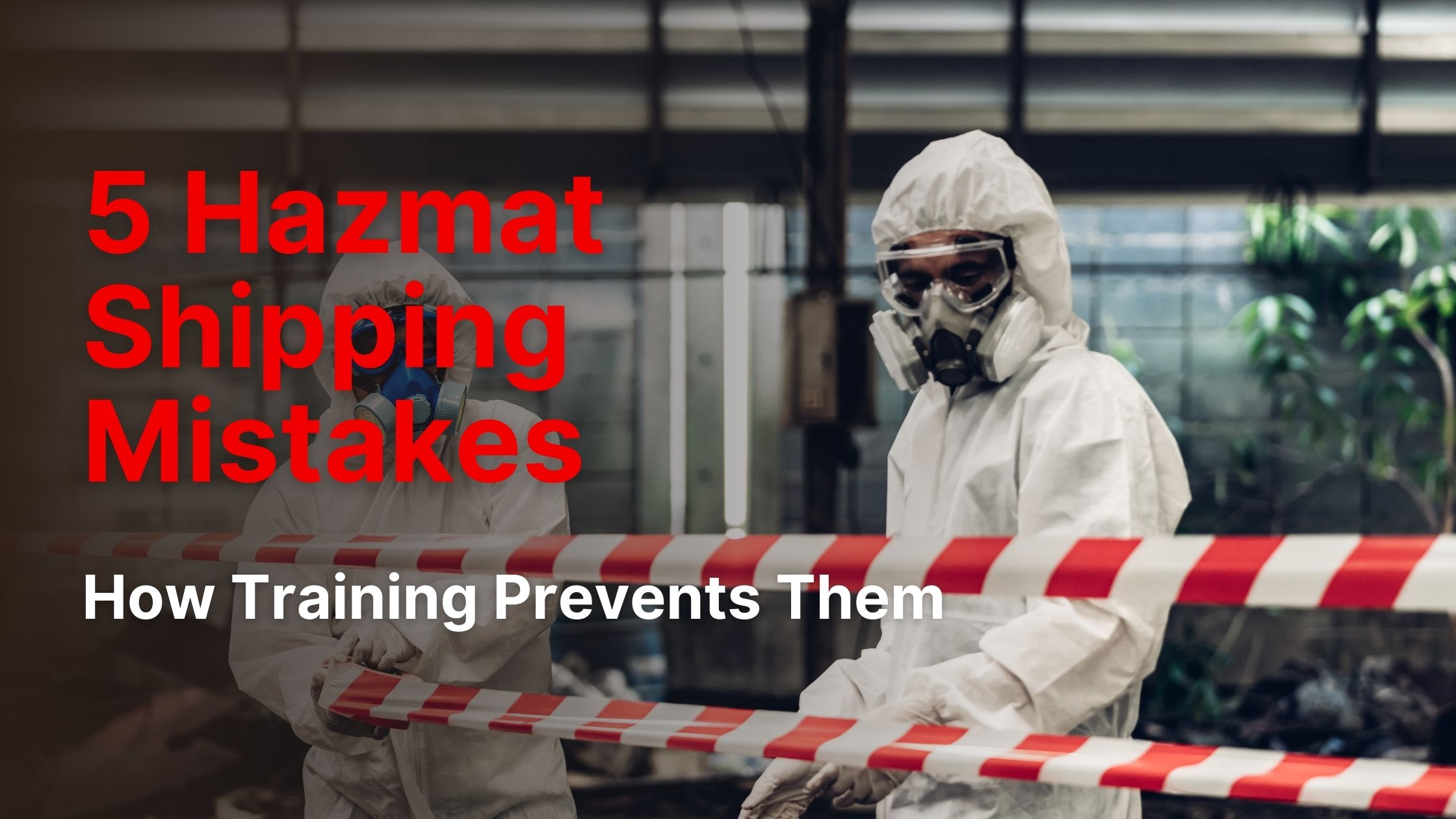Why Hazard Assessments Matter - Key Benefits Comprise
1. Protects Workers from Injury Hazard assessments are there to help prevent workplace injuries to drivers and workers by identifying and eliminating risks before they lead to accidents. 2. Reduces Liability and Costs By addressing hazards proactively, trucking companies can reduce workers’ compensation claims, OSHA fines, and equipment damage as well.3. Improved Operational Efficiency A safer workplace environment reduces delays, disruptions, and damages caused by injuries, investigations, and equipment failures.
4. Supports Compliance with Federal Regulations Hazard assessments are essential because as per OSHA, FMCSA, and DOT regulations, there are numerous factors that contribute to risks, such as hazardous materials and fall injuries.
But Who Is Responsible For Conducting A Hazard Assessment? Do You Have Anyone In Your Company?
As an employer, you hold the legal responsibility and obligation to ensure that hazard assessments are performed regularly in your company premises. This responsibility can be delegated to a:- Competent Person – Someone/an employee/manager who has taken DOT Hazmat Training and/or is authorized to identify existing and predictable hazards.
- Qualified Person – A professional engineer or safety expert within your company who designs or approves systems.
- Authorized Person – Any employee using fall protection or hazard-sensitive equipment after proper training.
Frequency of Hazard Assessment
- Perform these assessments before you introduce any new processes, equipment, or tasks
- If there have been any accidents/incidents or near-misses, perform the assessment right after they occur
- These must be at regular intervals (can be monthly, quarterly, or annually)
- When and if there are any changes in regulations or safety standards by government agencies
Key Terms and Definitions You Should Be Aware Of
- Hazard This is a condition or activity that can cause injury or illness.
- Risk The likelihood or probability of a hazard actually causing harm to your employees or equipment.
- Fall Hazard A working condition that can result in a fall of any employee or driver, typically from a height of 4+ feet.
- Hazard Assessment A process that helps you identify and evaluate workplace hazards of nearly all kinds.
- Control Measures These are methods that help you eliminate or reduce hazard exposure significantly.
Types of Hazards and Their Risks in Trucking
- Fall Hazards When drivers and assistants have to climb on trailers, truck beds, or when they are in the process of loading docks, these risks become apparent.
- Chemical Hazards Transporting or handling hazardous materials is one of the riskiest jobs out there and drivers are exposed to these hazards more frequently than anyone would like.
- Mechanical Hazards Moving parts of machinery, truck engines, contact with engine fluids, heating issues, equipment breakdown, mechanical malfunctioning, and risks of loading equipment, among many others.
- Environmental Hazards These comprise snow, rain, hailstorms, storms, excessively hot days, traffic congestion, uneven surfaces, slippery roads, detours, and the like.
- Human Factors
Fatigue, distraction, lack of training, lack of concentration, lack of sleep, etc.
Resulting Damages
- Injuries (fractures, head trauma)
- Lost workdays
- Legal fines and penalties
- Damage to vehicles or cargo
- Delay in deliveries
- Damage to reputation
- Lost contracts
- Gather Pre-Existing Data
- On-Site Inspection
- Interview Employees
- Identify Hazards
- Evaluate and Prioritize
- Apply Controls
- Incident Logs – Identify trends and recurring issues
- Maintenance Reports – Highlight mechanical failures that pose dangers or risks
- Insurance Inspections – Review findings from liability and property audits
Helpful Tips for Effective Assessments
- Interview Teams – Ask them where they feel unsafe or where new hires or trainees struggle
- Inspect the Equipment – Check fall protection gear, ladders, and harnesses for wear
- Review all Reports – Roofing inspections, safety audits, insurance documents
- Assess Past Claims – Look at workers' compensation cases related to slips, falls, or equipment use
- Audit Safety Programs – These can be for all the confined spaces, PPE, lockout/tagout, fall protection
- Consult Experts – Set benchmarks after consulting with professionals or safety consultants
- Join Safety Orgs – NSC, ASSP, IOSH provide resources and training
How to Conduct an On-Site Fall Hazard Inspection
- Walkthrough – Tour loading docks, truck bays, and platforms
- Photograph Issues – Document hazards visually for record maintenance
- Evaluate Guardrails – Are they present, properly installed, and maintained?
- Check Access Points – These include all the steps, ladders, and footholds for stability
- Inspect Floors – Look for spills, cracks, or ice
- Assess Lighting – Ensure visibility in all areas
How to Conduct Investigations for Fall Incidents
- Secure the Scene of the accident immediately. This prevents tampering or further incidents.
- Interview the witnesses present on the site. Collect firsthand accounts of what happened.
- Review CCTV or Dashcams. This helps you gather concrete visual evidence.
- Check all the Equipment Involved. These could be the harnesses, ladders, or railings.
- Root Cause Analysis must be performed. This determines the underlying issue, and not just superficial problem
How to Identify Hazards during Emergencies or Unusual Events
- Weather Events – Snow, rain, and wind affecting the truck loading/unloading process
- Mechanical Failures – There can be sudden breakdowns of lifts or ramps or other tools
- Power Outages – These can lead to reduced visibility or function
- Hazmat Spills – These can happen during transport or transfer and can be very dangerous
How to Evaluate Hazards and Prioritize Corrective Actions
- Rank by Severity & Frequency – You can use a scoring system for this.
- Determine the Impact – What’s the cost if any kind of hazard mentioned herein goes unaddressed?
- Set Timelines – Immediate, short-term, and long-term fixes are recommended.
- Assign Responsibility – Ensure that someone is accountable and that the right action is taken to minimize the damage.
- Follow Up – Re-inspect to verify whether the apt corrections were made or not.
Final Thoughts
Hazard assessment in the trucking industry is nothing new. It has been carried out for decades. It is also not a "one-and-done" activity. It’s a continuous process that protects lives and strengthens your operations. As an employer, you must take measures to empower trained individuals in your company to inspect, evaluate, and address risks routinely, especially when it comes to fall hazards. With consistent alertness, comprehensive data review, and team collaboration, you can make your workplace efficient and exceptionally safe. Stay safe, stay informed, and make hazard assessments a cornerstone of your company’s culture.More Useful Links:
DOT Supervisor Training
How Many Hazard Classes Are There For Fully Regulated Items

